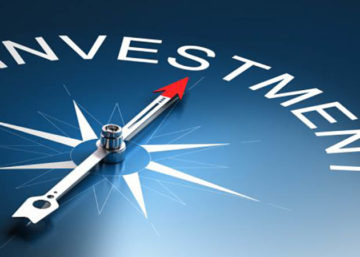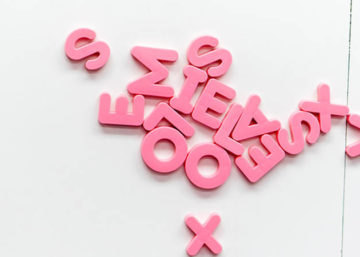O
nce upon a time, one of my clients asked me to create a slide deck for his top-level meeting with potential business partner from Turkey. “I need something about my company to put in their hands”, – he said. Actually, no one was going to look through its slides. My client simply needed a business card about his company. Was he right in his vision?
If we ask Google about “what is the goal of presentation?” we will probably get this:

Another words, it is all about to inform, to persuade, to inspire, to entertain. My answer is:
No
None of above is the true goal. Before explaining it, I would like to state that any presentation is a communication instrument or process. It depends on what we mention saying the word Presentation. Will it be PowerPoint slides as an instrument, or a meeting on a Board of Directors as a process itself. Communication means information exchange by default, and it sounds strange saying that an objective of a presentation is to give the information in a specific communication way. There is something else that raises communications through presentations over the information level.
Ask yourself, what do you expect when going to read through presentation slides, or to listen to speaker on a webinar? I know your answer – “I am going to know something new”. And again, my answer is:
No
You are not going to know something new from a presentation. Otherwise, you would just try, and google this information on the internet. The actual reason you look at slides or listen to a speaker is to easily get the information, with no mind efforts, time spending and preferably in an entertain form.
It is not a secret, that people do not read slides, but look through them as images, and spend just 2-3 seconds per each. 2-3 seconds per slide is enough to tell the key message and to involve person into storyline on the rest of slides.
It is not the secret, that people do not listen boring lecturers, they listen to those, who tells stories, calls to our imagination, and makes audience a participant of their own stories. Finally, before I tell you the real presentation goals, tell me, when do you think presentations are usually used? Most probably, your answer will be like this: “When we need to persuade someone in something”. And… Right. My answer is again:
No
If you know your audience well, and your audience trusts your authority, experience, and opinion, you do not need any efforts to express your thoughts and, theoretically, to deliver them in presentation format. But everything changes when people see you, or your product first time in their lives. You need to overcome three walls that blocks effectiveness of your, or your product communication with people: to get trust, to be remembered, and to get actional or emotional response, or in another words – to start a two-sided dialogue. These are the real goals of any business presentation:
Trust. Memorability. Responsiveness.
The first one is Trust. We use presentation to persuade people that we do not lie, and that we, and our ideas deserve to be trusted. We do it with the help of slides, that have correspondence between visuals and clean short messages packed into. Or we can do it by an excellent performance on a stage. The key point is that we can surely try to tell something to people, but it will have no use, if people do not believe us at all.
The second one is memorability.There are two points that businesspeople usually miss when using presentations and slides to promote something.
The first one is that people quickly forget almost everything. As it is on Ebbinghaus forgetting curve, on the second day people remember just 1/3 of information they knew a day before. And after six days they can remember less than 25%. That means that we cannot rely on presentation as a self-communication tool. It helps to start the dialogue, but it does not replace the dialogue between people. So, it is a must to talk to people after presentation, to remind them about its key points, and to ask for a feedback in a day, or two.
The second point which helps to memorize our presentation is emotion. We all can easily recall all details of a car accident we had been no matter how many years in the past, and we can easily recall the details of our own wedding 15 years ago. But we hardly can remind what we had for dinner yesterday. If it was not in a Michelin restaurant for sure. Presentation is an excellent instrument to address our message not to people logic and analytics brain centers, but to theirs hearts and feelings, which is the most powerful part of people consciousness. People choose, trust, and buy by heart, not mind. We can call for emotions on slides, or in performance. We can tell fun story, or we can make people heroes of their own stories. We can inspire people with better future shown on slides, or we can scare people by risks, and threats. Both are emotions, that we can call with presentations.
And the last one is Responsiveness.There is no use in delivering our message through presentation if no one objects to or shows an interest after the message was sent. Therefore, the presentation is important, but only the first step in building the communication with other people.
Another words, good presentation is a bridge, that other people let you to connect to their hearts. But you must pass through it by yourself, if you want to communicate sincerely with others, and to get response or any other action form people.
So, clear and persuasive message on slides is something that should be in any presentation by default. All the rest depends on you. You either can see you slide deck as a business card, or as an effective instrument to be trusted, to be remarkable, and to be the one, who your potential partner will do business with.



